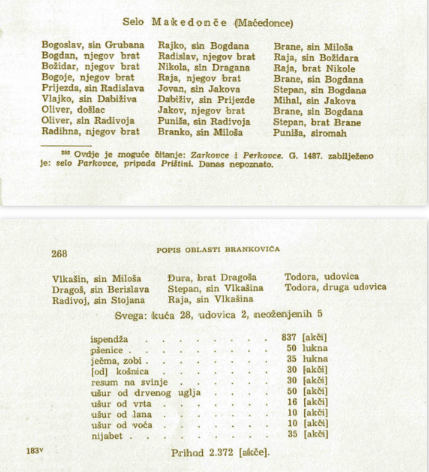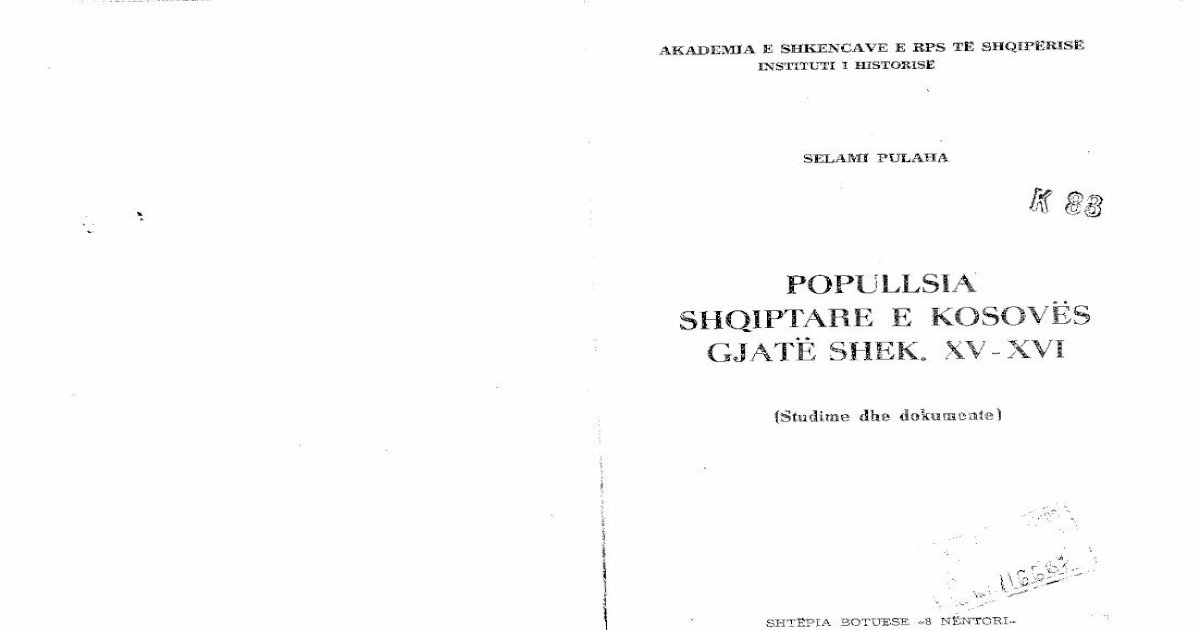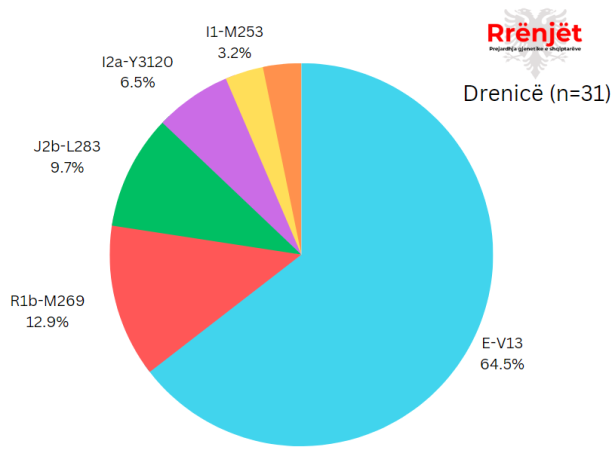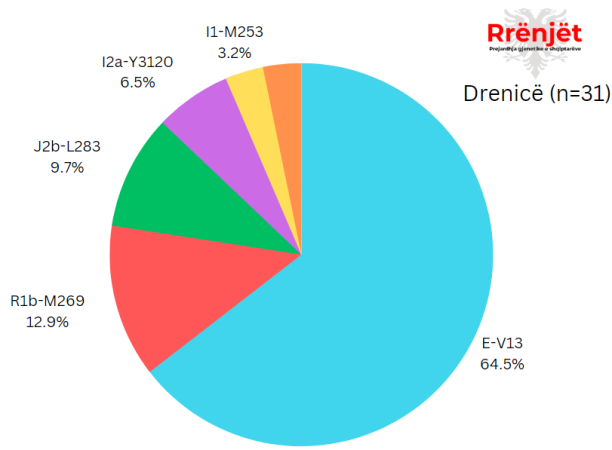monster
Fledgling
- Messages
- 141
- Reaction score
- 36
- Points
- 28
- Ethnic group
- Albanian
- Y-DNA haplogroup
- J-L283, E-V13
The 16th century Ottoman defters also show that Janjevo contained an Albanian population of Muslim and Christian faith and a Christian Albanian neighborhood in Janjevo called "Arbanas".[11] The Muslim population had Islamised Albanian names and Muslim names while the Christian population of Arbanas had a mixture of Albanian, Christian and Slavic names. As such, the historian Mark Krasniqi considers the inhabitants of Arbanas to be Albanians who bore Orthodox Slavic names or Albanian-Slavic names.[12] Albanian names were also present in other neighborhoods and some of the inhabitants would have a mixture of Albanian and Slavic names.[11] The neighborhood 'Arbanas' was mentioned with 74 homes.[11]
https://en.wikipedia.org/wiki/Janjevo
Interesting how they claim they assimilated all the natives here when it's a territory demographically dominated by Albanians, where are supposedly all their Balkan Y-DNA etc from these ''natives'' ? Most of the ones that don't seem to have an Albo origin or Vlach are just Slavic for example.
Why do these registers from 1571-1591 show Dardania was inhabited by an Albanian population ?






